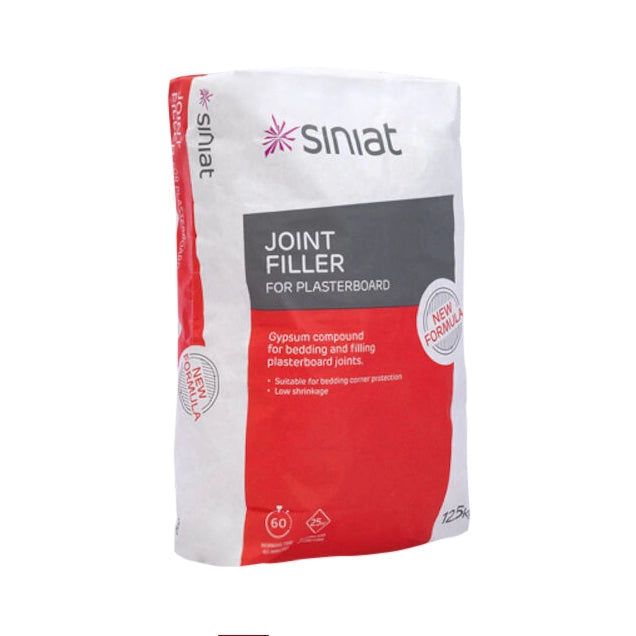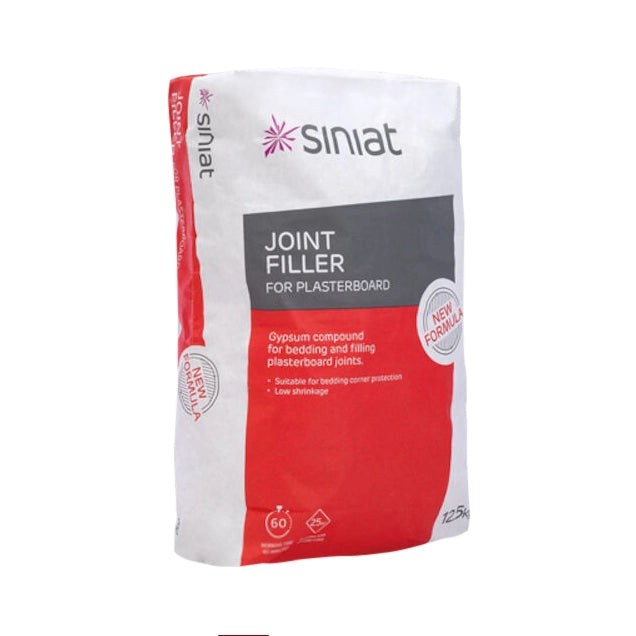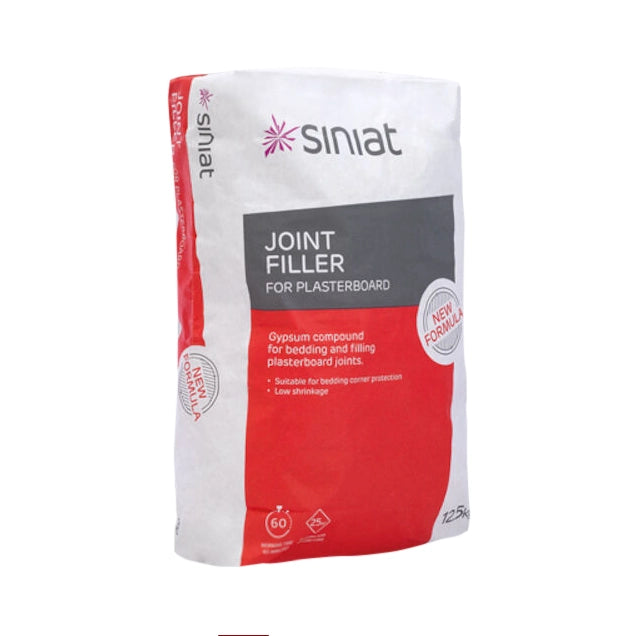Siniat Joint Filler - 12.5kg Bag
Siniat Joint Filler - 12.5kg Bag is backordered and will ship as soon as it is back in stock.
Used as a setting compound for bedding and filling plasterboard joints, this Siniat Joint Filler comes in a 12.5kg bag. To be mixed with water (approx 7L of water to one 12.5kg bag) and applied to Plasterboard joints.
Apply Siniat Joint Filler to the joint, embed GTEC Joint Tape and immediately overcoat to fully fill the tapered edge boards. Ensure product is set before applying the finishing coats with Siniat Joint Cement.
- Complies with BS EN 13963: 2005 Type 3A
- Sets in 90 mins.
- Use at temps between 5C - 45C.
- Weight: 12.5kg
Data Sheets & Guides:
-
Size
-
Coverage (m²)
-
Reaction to Fire
Large Order or Specific Requirement?
CALL OUR TEAM
0115 6976 800



